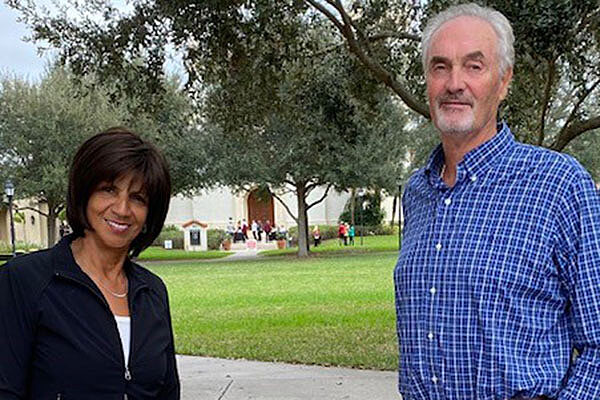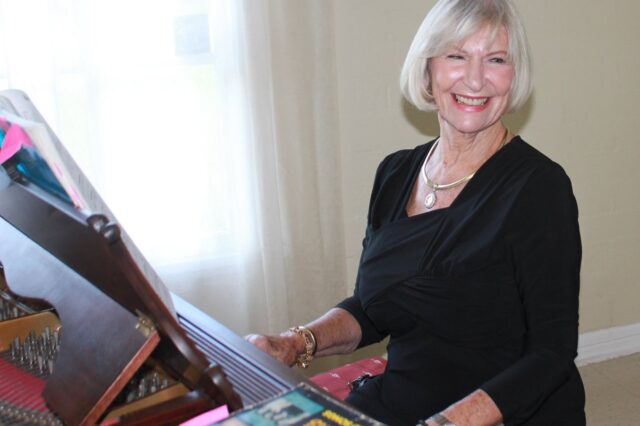Definition
A stroke happens when blood flow to any part of the brain stops.
Each person has a different recovery time and need for long-term care. Problems with moving, thinking, and talking often improve in the first weeks or months after a stroke. Some people will keep improving months or years after a stroke.
Alternative Names
Stroke rehabilitation; Cerebrovascular accident - rehabilitation; Recovery from stroke; Stroke - recovery; CVA - recovery
Information
WHERE TO LIVE AFTER A STROKE
Most people will need stroke rehabilitation (rehab) to help them recover after they leave the hospital. Stroke rehab will help you regain the ability to care for yourself.
Most types of therapy can be done where you live, including in your home.
- People who are not able to care for themselves at home after a stroke may have therapy in a special part of a hospital or in a nursing or rehabilitation center.
- Those who are able to go back home might go to a special clinic or have someone come to their home.
Whether you can go back home after a stroke depends on:
- Whether you can take care of yourself
- How much help there will be at home
- Whether the home is a safe place (for example, stairs in the home might not be safe for a stroke patient who has trouble walking)
You may need to go to a boarding home, adult family home, or convalescent home to have a safe environment.
For people who are cared for at home:
- Changes may be needed to stay safe from falls in the home and bathroom, prevent wandering, and make the home easier to use. The bed and bathroom should be easy to reach. Items (such as throw rugs) that may cause a fall should be removed.
- A number of devices can help with activities such as cooking or eating, bathing or showering, moving around the home or elsewhere, dressing and grooming, writing and using a computer, and many more activities.
- Family counseling may help you cope with the changes needed for home care. Visiting nurses or aides, volunteer services, homemakers, adult protective services, adult day care, and other community resources (such as a local Department of Aging) may be helpful.
- Legal advice may be needed. Advance directives, power of attorney, and other legal actions may make it easier to make decisions about care.
SPEAKING AND COMMUNICATING
After a stroke, some people may have problems finding a word or being able to speak more than one word or phrase at a time. Or, they may have trouble speaking at all. This is called aphasia.
- People who have had a stroke may be able to put many words together, but they may not make sense. Many people do not know that what they are saying is not easy to understand. They may get frustrated when they realize other people cannot understand. Family and caregivers should learn how best to help communicate.
- It can take up to 2 years to recover speech. Not everyone will fully recover.
A stroke can also damage the muscles that help you speak. As a result, these muscles do not move the right way when you try to speak. This is called dysarthria.
A speech and language therapist can work with you and your family or caregivers. You can learn new ways to communicate.
THINKING AND MEMORY
After a stroke, people may have:
These changes may lead to:
Depression after a stroke is common. Depression can start soon after a stroke, but symptoms may not begin for up to 2 years after the stroke. Treatments for depression include:
- Increased social activity. More visits in the home or going to an adult day care center for activities.
- Medicines for depression.
- Visits to a therapist or counselor.
MUSCLE, JOINT, AND NERVE PROBLEMS
Moving around and doing normal daily tasks such as dressing and feeding may be harder after a stroke.
Muscles on one side of the body may be weaker or may not move at all. This may involve only part of the arm or leg, or the whole side of the body.
Many of these problems can cause pain after a stroke. Pain may also occur from changes in the brain itself. You may use pain medicines, but check with your health care provider first. People who have pain due to tight muscles may get medicines that help with muscle spasms.
Physical therapists, occupational therapists, and rehabilitation doctors (sometimes called physiatrists) will help you relearn how to:
- Dress, groom, and eat
- Bathe, shower, and use the toilet
- Use canes, walkers, wheelchairs, and other devices to stay as mobile as possible
- Possibly return to work
- Keep all of the muscles as strong as possible and stay as physically active as possible, even if you cannot walk
- Manage muscle spasms or tightness with stretching exercises and braces that fit around the ankle, elbow, shoulder, and other joints
BLADDER AND BOWEL CARE
A stroke can lead to problems with bladder or bowel control. These problems may be caused by:
- Damage to part of the brain that helps the bowels and bladder work smoothly
- Not noticing the need to go to the bathroom
- Problems getting to the toilet in time
Symptoms may include:
- Loss of bowel control, diarrhea (loose bowel movements), or constipation (hard bowel movements)
- Loss of bladder control, feeling the need to urinate often, or problems emptying the bladder
Your provider may prescribe medicines to help with bladder control. You may need a referral to a bladder or bowel specialist.
Sometimes, a bladder or bowel schedule will help. It can also help to place a commode chair close to where you sit most of the day. Some people need a permanent urinary catheter to drain urine from their body.
To prevent skin or pressure sores:
- Clean up after incontinence.
- Change position often and know how to move in a bed, chair, or wheelchair.
- If you have a wheelchair, make sure it fits correctly.
- Use cushioning of parts of your body, especially ones that have thinner skin or may have prolonged pressure on them.
- Have family members or other caregivers learn how to watch out for skin sores
SWALLOWING AND EATING AFTER A STROKE
Swallowing problems may be due to a lack of attention when eating or damage to the nerves that help you swallow.
Symptoms of swallowing problems are:
- Coughing or choking, either during or after eating
- Gurgling sounds from the throat during or after eating
- Throat clearing after drinking or swallowing
- Slow chewing or eating
- Coughing food back up after eating
- Hiccups after swallowing
- Chest discomfort during or after swallowing
A speech therapist can help with swallowing and eating problems after a stroke. Diet changes, such as thickening liquids or eating pureed foods, may be needed. Some people will need a permanent feeding tube, called a gastrostomy.
Some people do not take in enough calories after a stroke. High-calorie foods or food supplements that also contain vitamins or minerals can prevent weight loss and keep you healthy.
OTHER IMPORTANT ISSUES
Both men and women may have problems with sexual function after a stroke. Medicines called phosphodiesterase type 5 inhibitors (such as Viagra, Levitra, or Cialis) may be helpful. Ask your provider whether these drugs are right for you. Talking with a therapist or counselor may also help.
Treatment and lifestyle changes to prevent another stroke are important. This includes healthy eating, controlling illnesses such as diabetes and high blood pressure, and sometimes taking medicine to help prevent another stroke.
References
Centers for Disease Control and Prevention website. . Stroke recovery. www.cdc.gov/stroke/recovery.htm. Updated May 25, 2021. Accessed November 7, 2021.
Del Brutto VJ, Rundek T, Sacco RL Prognosis after stroke. In: Grotta JC, Albers GW, Broderick JP, et al, eds. Stroke: Pathophysiology, Diagnosis, and Management. 7th ed. Philadelphia, PA: Elsevier; 2022:chap 17.
Dobkin BH. Neurological rehabilitation. In: Jankovic J, Mazziotta JC, Pomeroy SL, Newman NJ, eds. Bradley and Daroff's Neurology in Clinical Practice. 8th ed. Philadelphia, PA: Elsevier; 2022:chap 55.
Stein J. Stroke. In: Frontera WR, Silver JK, Rizzo TD, eds. Essentials of Physical Medicine and Rehabilitation. 4th ed. Philadelphia, PA: Elsevier; 2019:chap 159.


